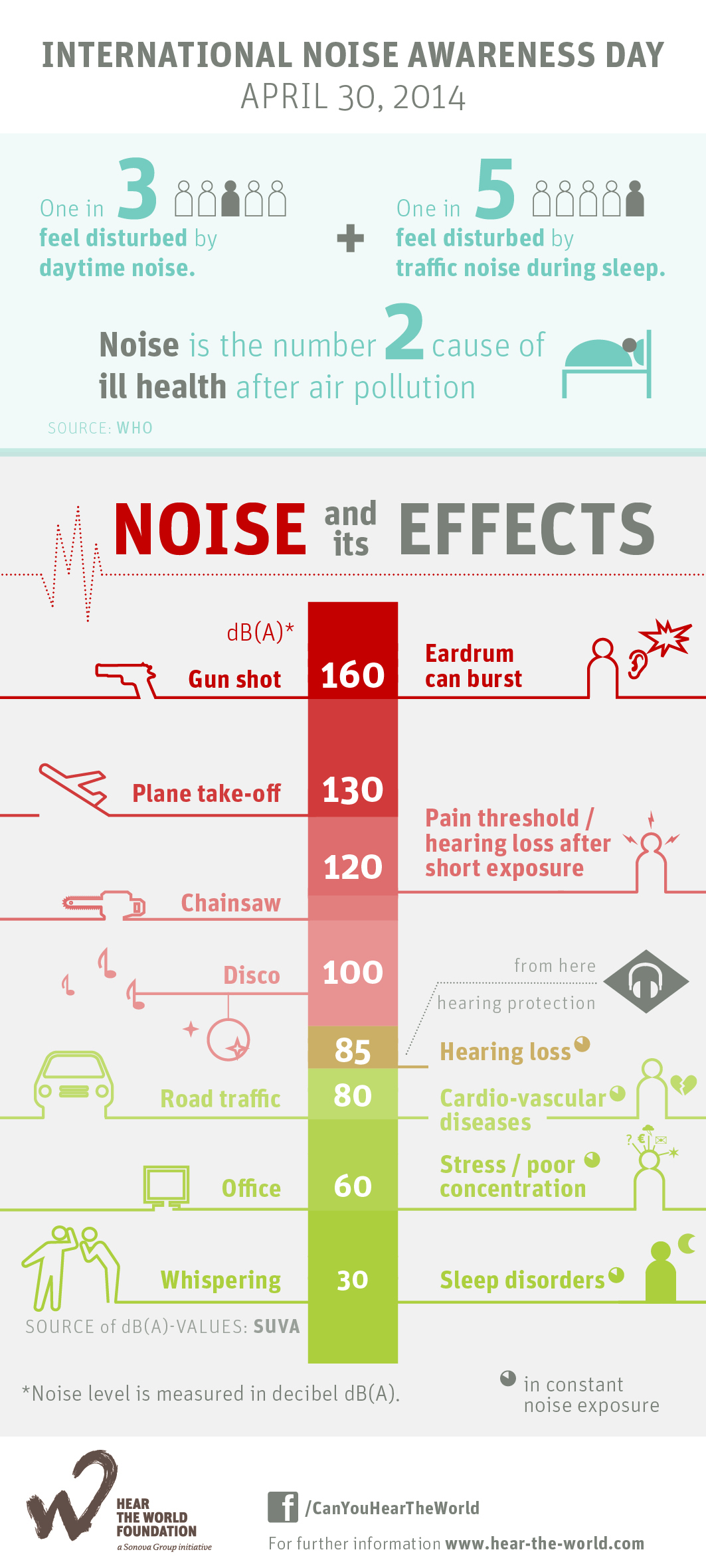Enhancing Discovering: Resolving Auditory Handling Issues In Dyslexia
Enhancing Discovering: Resolving Auditory Handling Issues In Dyslexia
Blog Article
Content By-Lysgaard Waters
When you think about the difficulties that dyslexic students encounter, it's clear that acoustic handling issues commonly play a significant duty. You might wonder how tailored approaches can bridge the gap in between auditory guidelines and comprehension. By incorporating aesthetic help and breaking jobs right into workable actions, you can improve focus and understanding. Nonetheless, the options don't stop there. What other strategies can create a really encouraging learning atmosphere that cultivates success and self-confidence?
Comprehending Dyslexia and Auditory Handling
Dyslexia affects about 1 in 5 people, making it one of the most typical learning disabilities. If you're browsing dyslexia, you may find that it doesn't just impact reading and writing; it can additionally impact how you process acoustic details.
Acoustic handling refers to how your brain analyzes audios, including language. When executive functioning difficulty battle with this, it can cause challenges in recognizing talked guidelines and following discussions.
You may notice that you usually misinterpret what you hear or that it takes much longer for you to react in conversations. This isn't a reflection of your knowledge; it's a certain difficulty related to processing acoustic signals.
Understanding this connection is essential because it aids make clear why you might master aesthetic jobs while facing obstacles in jobs that count on auditory comprehension.
Recognizing these difficulties can equip you. By understanding the details of dyslexia and auditory handling, you can much better promote for your needs, whether in educational settings or social situations.
It's necessary to recognize these concerns so you can look for the best assistance and approaches in the future.
Effective Approaches for Assistance
Browsing the challenges of auditory handling can feel overwhelming, yet there work strategies that can assist you prosper.
By applying these techniques, you can boost your learning experience and enhance your capability to process auditory info.
- ** Utilize aesthetic aids **: Pairing acoustic directions with aesthetic assistances, like graphes or diagrams, can considerably enhance understanding.
- ** https://how-dyslexia-affects-lear20741.blogsvirals.com/31459254/discovering-alternate-therapies-do-they-benefit-dyslexia into smaller actions **: Streamlining instructions into convenient portions permits you to concentrate and process information more effectively.
- ** Practice energetic listening **: Engage in exercises that urge you to listen diligently, such as summarizing what you have actually listened to or asking concerns for information.
- ** Incorporate innovation **: Make use of applications or software program created to assist with acoustic processing, such as speech-to-text tools or audiobooks, to strengthen understanding.
Creating Encouraging Learning Environments
Producing a helpful learning atmosphere is important for helping people with auditory processing difficulties are successful. Begin by lessening interruptions in your classroom or finding out area. Usage acoustic panels or soft home furnishings to absorb noise, which can help trainees focus much better. Ensure seating plans permit clear sightlines to the educator and any visual aids.
Next off, integrate clear and succinct interaction. Talk slowly and make use of easy language, looking for comprehending regularly. Motivate students to ask concerns if they're unsure. Aesthetic aids like graphes, layouts, and composed directions can enhance understanding and retention.
Furthermore, promote a culture of patience and understanding among peers. Teach pupils regarding auditory processing issues, promoting compassion and support. Team tasks can be beneficial; just make certain that roles are clear and that students collaborate to sustain each other.
Ultimately, provide regular responses. Commemorate development and achievements, no matter just how small. This inspiration constructs confidence and strengthens the idea that knowing is a journey.
Conclusion
In your trip to improve discovering for people with dyslexia, think of each technique as a tipping rock across a river. By weaving together acoustic and aesthetic aids, breaking tasks right into bite-sized pieces, and supporting a supportive setting, you help develop a bridge to understanding. Bear in mind, fostering compassion amongst peers and appealing family members can light the course to success. With perseverance and commitment, you'll empower students to soar above difficulties, changing their struggles right into strengths.
